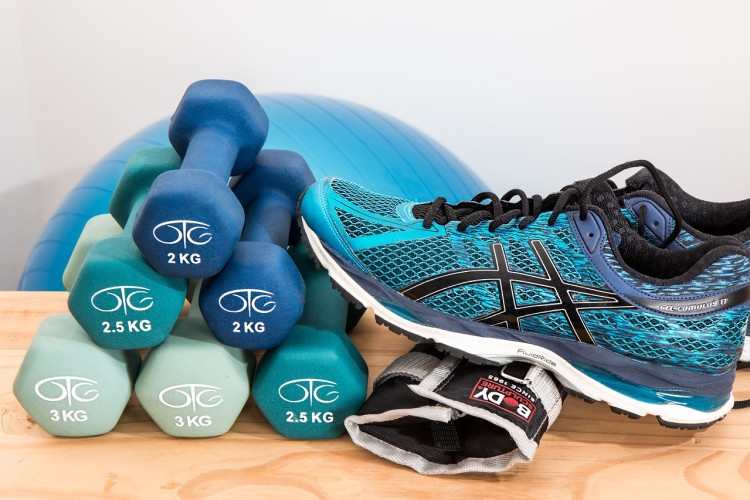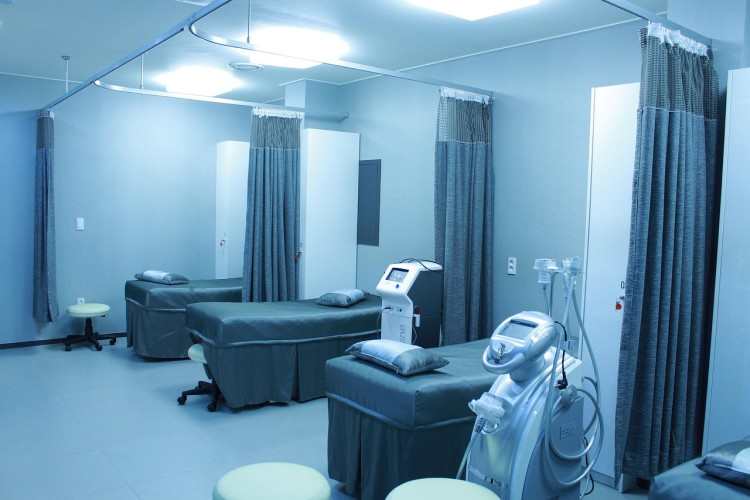
Tools that Protect the Thoracic Spine
These tools exert indirect action, covering thoracic alignment via arm openers and general positioning.
Research from Cornell University indicates that your work surface whether it be mousing, keyboarding or writing—either standing or sitting—should align with the natural height of relaxed elbows. Meaning: The upper and lower arms should be at a 90° angle, with the upper arms close to your body while resting comfortably on desk. This helps open up the shoulders, avoid leaning forwards, and adequately supporting thoracic spine’s natural curvature. Don't use work surfaces more than 5 cm higher than elbow level—even for fine tasks.
Moreover, almost all guidelines worldwide suggest incorporating height adjustability into workstations so as to alternate sit-stand while desk working. Sitting for prolonged periods will eventually cause a stooped shape, whereas standing naturally helps extend the thoracic.
Workstation Height Adjustment
The adjustment is simple: Sit or stand, base height on your line of sight and elbow height as mentioned.
Line of Sight Versus Elbow Height Issue
Desktops generally pose a chronic conflict: correct screen height forces elbows to rise. While this maintains cervical curvature, arms and thoracic spine eventually suffer with prolonged use.
Prioritize alignment at your elbows
- Use risers/secondary stands to raise monitors.
- External keyboards for laptops (at elbow level) and stands to lift the screens.
Significance of Elbow Support
Arm support considerably affects thoracic alignment, so: slide-out keyboards / floating workspaces.
- Make sure there is enough pull-out area.
- Armrests must be adjustable on the chair.
The Final Check: Relaxed Shoulders
Ultimately, despite technicalities—you feel it or not. See if your shoulders are relaxed while working Observe now:
1. Keep elbows at 90° (sitting/standing).
2. Within 30 seconds, see if the shoulder tension stays.
Biomechanics
Properly aligning the elbows reduces use of trapezius muscles by 40% — load is borne instead by postural stabilizers (such as rhomboid) (Cornell Ergonomics Lab, 2018).
Specs
— Alternating sitting and standing (sit-stand desk): every 30–60 minutes to avoid static load
— Monitor raisers: Tilt angle should be 10°–20° (ISO 9241-5:2022).
— External keyboards: Opt for models with a 6°–12° negative tilt to maintain wrist-thoracic neutrality.
All punctuation follows English rules. Paragraphing and formatting faithfully replicate the original Chinese text.
LATEST POSTS
 "The Water Dripping Through Stone" Principle: Incorporating Exercise into Your Lifestyle
"The Water Dripping Through Stone" Principle: Incorporating Exercise into Your Lifestyle Attention White-Collar Workers: The Risks of Extended Sitting
Attention White-Collar Workers: The Risks of Extended Sitting Life Lies in Movement: Understanding Exercise Correctly
Life Lies in Movement: Understanding Exercise Correctly Gentle Skin Cleansing: Avoid Too Much Friction
Gentle Skin Cleansing: Avoid Too Much Friction Light Fasting, the Anti-Aging Switch for the Age of Longevity
Light Fasting, the Anti-Aging Switch for the Age of Longevity Electric Toothbrushes: 5 Key Benefits You Should Know
Electric Toothbrushes: 5 Key Benefits You Should Know Vitamin deficiency determines whether the body synthesizes survival or longevity proteins
Vitamin deficiency determines whether the body synthesizes survival or longevity proteins The Science of Toothpaste: How to Choose the Right Toothpaste for Oral Health
The Science of Toothpaste: How to Choose the Right Toothpaste for Oral Health Have You Really Grasped the Simple Act of Weighing Yourself?
Have You Really Grasped the Simple Act of Weighing Yourself?













